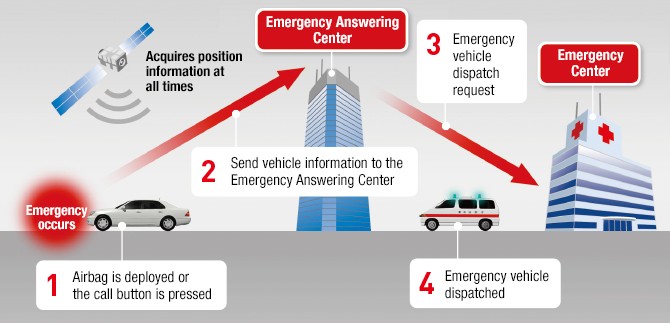Business models
Many companies are now providing their employees with fitness wearables. This data is collected anonymously. The incentive for the employees is that their insurance premium payments are reduced. Insurance companies are also offering discounts to customers who agree to use the wearables. The companies also provide insight and information to the customers regarding their health.
A revolutionary HHIoT platform
Ms. Maheshwari defined Human Health IoT (HHIoT) as the combination of Human IoT and healthcare. She said that HHIoT will be a common communication and collaboration platform for all the key stakeholders in the healthcare industry like the employers and the patients. It will help in the monitoring of patients and collection of patient data. She described the typical workflow of the HHIoT platform. “This platform will facilitate the collection of the data and the monitoring and recording of the data,” she said. Once the data from the patients is recorded, then the data can be analysed, and alerts can be generated based on the analytics. There can be certain alert handlers that take some action once an alert is generated. There will also be a feedback system that will help this platform become self-learning and smart enough to make healthcare predictions.
The human health platform can be applied to the many fields. One of them is wellness management. The data that is received from consumer wearables can be analysed and reports can be given to the consumers. Ms. Maheshwari gave an example of an ECG (electrocardiogram) e-bandage, which monitors the person’s blood pressure and heart signals, and notifies doctors, family members, and emergency services if there is a sign of an abnormal activity.
HHIoT can also be used in fields like emergency management. “Right now, the way is it happening is you just dial 108, the 108 call centre assigns the work to some ambulance, ambulance reaches the venue, but there is no accountability associated with whether the ambulance has picked up the patient, and almost no type of treatment is given currently, when the patient is in transit. Now, when the ambulance reaches the trauma centre, and when the treatment is started, and how prepared the trauma centre is, all these things fall under the emergency management vertical,” said Ms. Maheshwari. This platform will help to monitor vehicle tracking, traffic management, and the patient’s vital signs. It will allow doctors to give instructions to the medical staff who are present in the ambulance to provide timely treatment to the patient. A similar system known as eCall was implemented in Europe in October 2015. The HHIoT platform will be helpful while implementing a this kind of system in India.

Another field that HHIoT is suited for is post-hospitalisation supervision. Currently, once a patient is discharged, it is upto the patient to go back to the hospital for check-ups. However, with HHIoT, the patient’s health after being discharged can be monitored continuously with the help of wearables from a third-party service provider. The platform can also be used in the field of disease monitoring and collaboration, by segregating patients into groups based on their ailments, so that specialists can interact with the members of the groups on forums to reach more patients at a time.
The last field is healthcare social networking, which will connect doctors, patients, and all the relevant stakeholders. “This platform would give a good social network for rating, reviewing, booking and availing of different services related to healthcare, also advice related to healthcare,” she said. According to her, there are four major areas in which the social network will make a difference. “Number one is the customer relationship management for the stakeholders with the end consumers, that is, the patients. Second is for insurance companies and government agencies. They will be able to have some analytics on the data collected and make predictive analytics, and on the basis of that, they can take business calls, like what the premium should be. Also, epidemics can be known by the government agencies even before they occur. The third area is the booking of the service provider, and the rating and review of the service providers in the healthcare segment. Lastly, there will be an understanding of services and charges for all the stakeholders.”
Challenges
She wrapped up the discussion by mentioning some open challenges in this field that need to be given some thought. One of these challenges is the lack of standardisation in medical products, due to many proprietary protocols and proprietary message formats. This has led to another problem: the lack of interoperability of medical devices. There is also the issue of cost. The cost of most medical devices is very high, and this needs to change. She also highlighted the main area of concern, which is security and privacy. Patients will be wary of sharing their medical records if they are worried about privacy and security issues, so while designing the healthcare platform, one has to ensure that all medical information is secure at all times.
Watch the video of this conference program at the India Electronics Week 2016, here:
09_Human IoT, the advent of Wellness Management era! from EFY on Vimeo.













